Research Info
I started my research by looking at what realism was in games. The concept of realism can be applied to multiple areas in games including visuals, mechanics, story, character, history, and culture. In each area, the aspect of realism has both advantages and disadvantages. Depending on the level of realism, it can influence how a player interacts and responds with the world. If the world looks real, players will assume their interactions will be realistic. For mechanics, it is unlikely that you can make interaction in the game world mimic the real world 100%, as there are too many possibilities and randomness. So, it is up to the designer to decide how and where to implement certain mechanics, such as the Sims 4 where it was a design choice to have the player manage their Sim’s daily needs. The same goes for history and culture as it depends on how much information is researched and how much is implemented into a game, such as the game Detention, which is a game based on the period of civic oppression known as the White Terror (1960s) in Taiwan where the real information is found on the newspapers you find.
I then started looking at artworks in museums, and found an interesting category of art as a response to war. Looking at The Met exhibition Art as Influence and Response: A First Look at World War I and the Visual Arts. It talked about the progression of art through WWI. Many artists, writers, and intellectuals initially supported and welcomed war as a form of patriotism. When a large number of artists were enlisted, they began to see the horrors of war firsthand and support turned to promote peace and presenting the carnage and devastation of war on communities and families. The MoMA exhibition Responding to War includes artworks that responded to WWII. In these artworks, they presented the torment and deaths that war brought along with mixing in political themes and history. Another response to war that people and communities faced was the rise of paranoia. For instance, during World War I there was a great amount of fear surrounding who were spies, called the Spy Fever and then there was also the first Red Scare which was the fear of the rise of communism and anarchism. As paranoia plays a large part in spreading fear, for my prototype I wanted to test a visual representation of paranoia. I wanted to look into how visuals could be changed as a player plays and what is being seen. Because games are an interactive media, I think there could be a lot of experimenting done with this visual representation of paranoia. I also think it's interesting since paranoid beliefs or thoughts are not fully grounded in reality. Every person has their own reality as it is formed from what we read, see, and who we are around. So having a reaction to interactions with objects and people in-game shows how being in a certain environment can influence/change our thoughts and our reality.
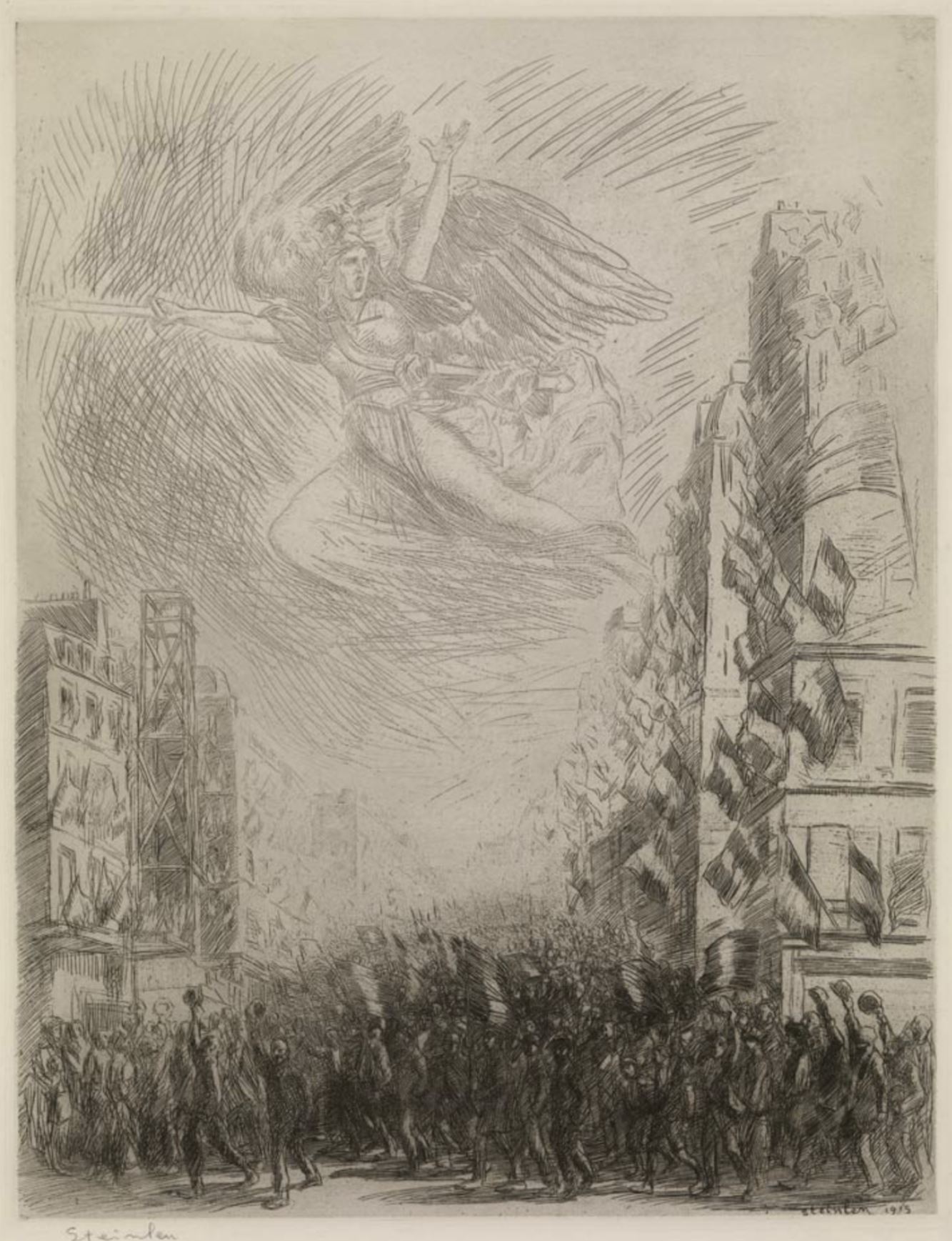
Théophile-Alexandre Steinlen (French [born Switzerland], 1859–1923). Mobilization, or La Marseillaise, 1915. Etching, sheet: 25 11/16 x 19 11/16 in. (65.2 x 50 cm). The Metropolitan Museum of Art, New York, Harris Brisbane Dick Fund, 1924 (24.58.31)
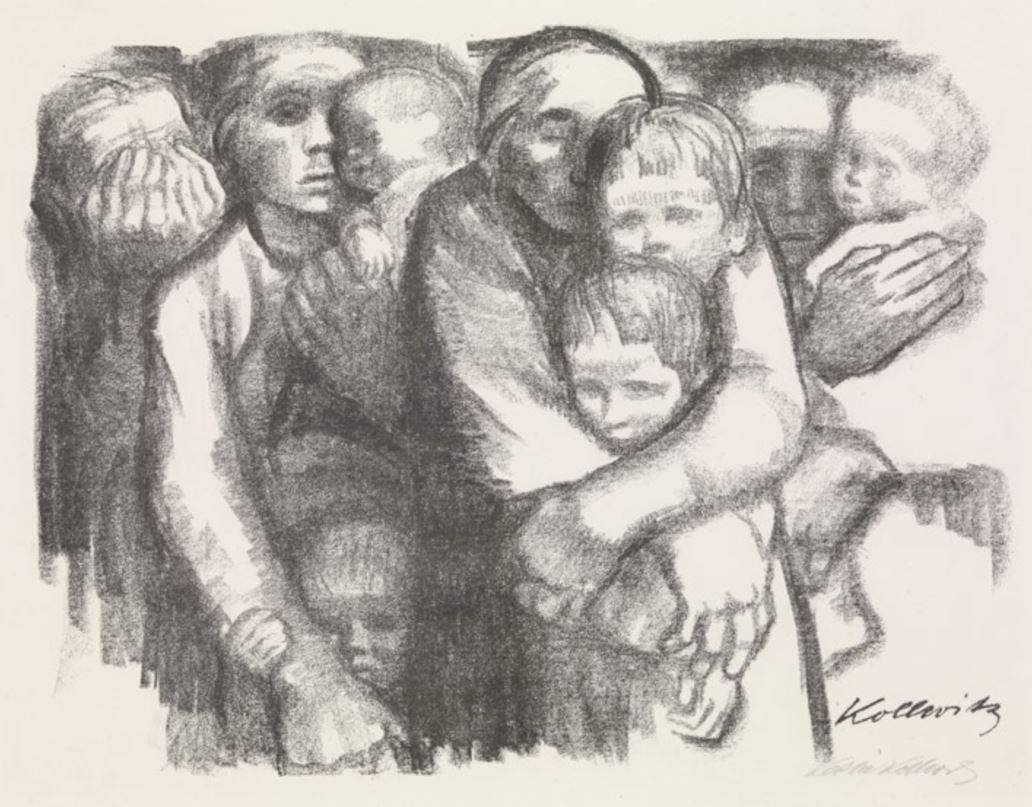
Käthe Kollwitz (German, 1867–1945). Mothers (Mütter), 1919. Lithograph, sheet: 20 3/4 x 27 5/8 in. (52.7 x 70.1 cm). The Metropolitan Museum of Art, New York, Harris Brisbane Dick Fund, 1928 (28.68.3)
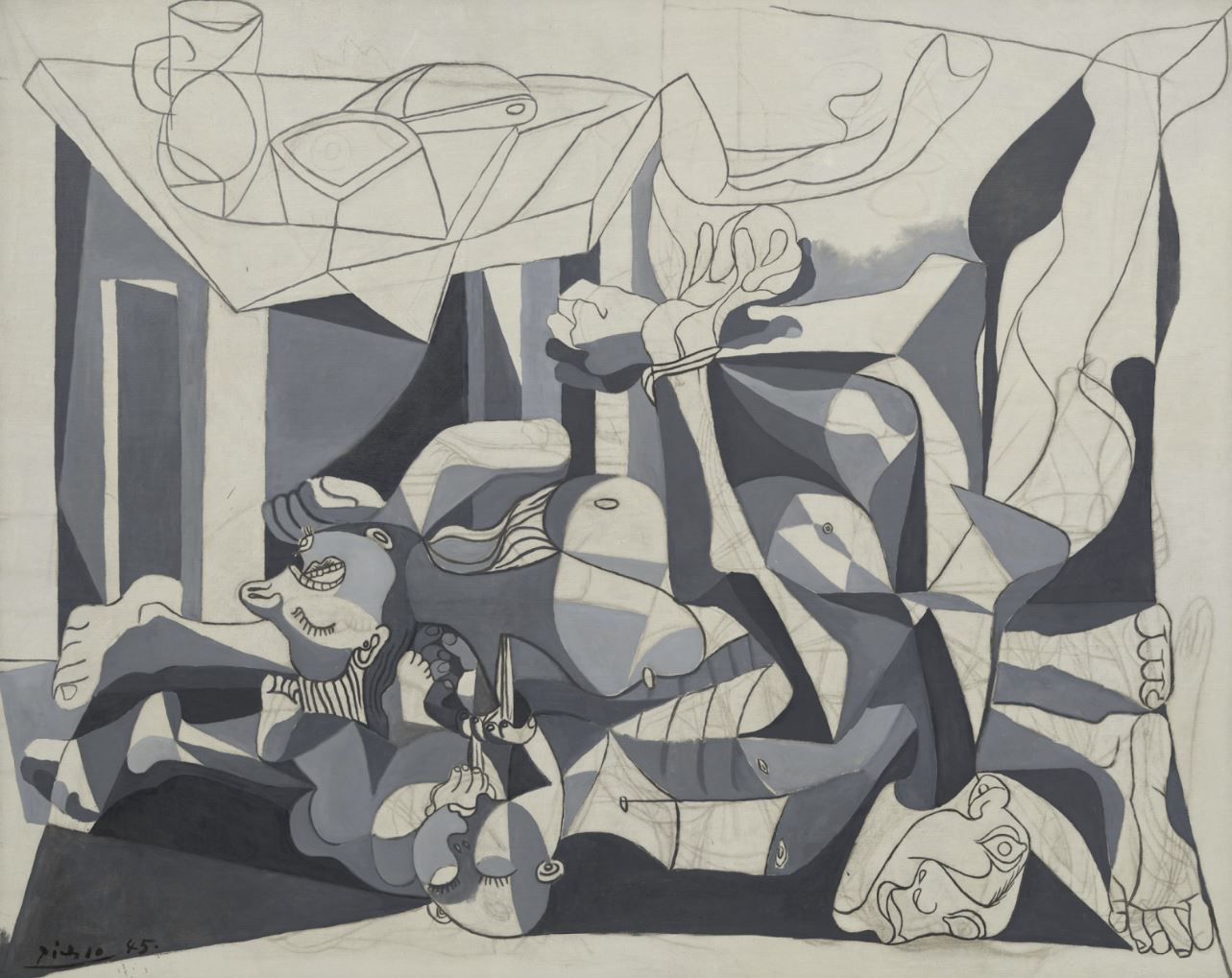
Pablo Picasso The Charnel House, Paris, 1944-45
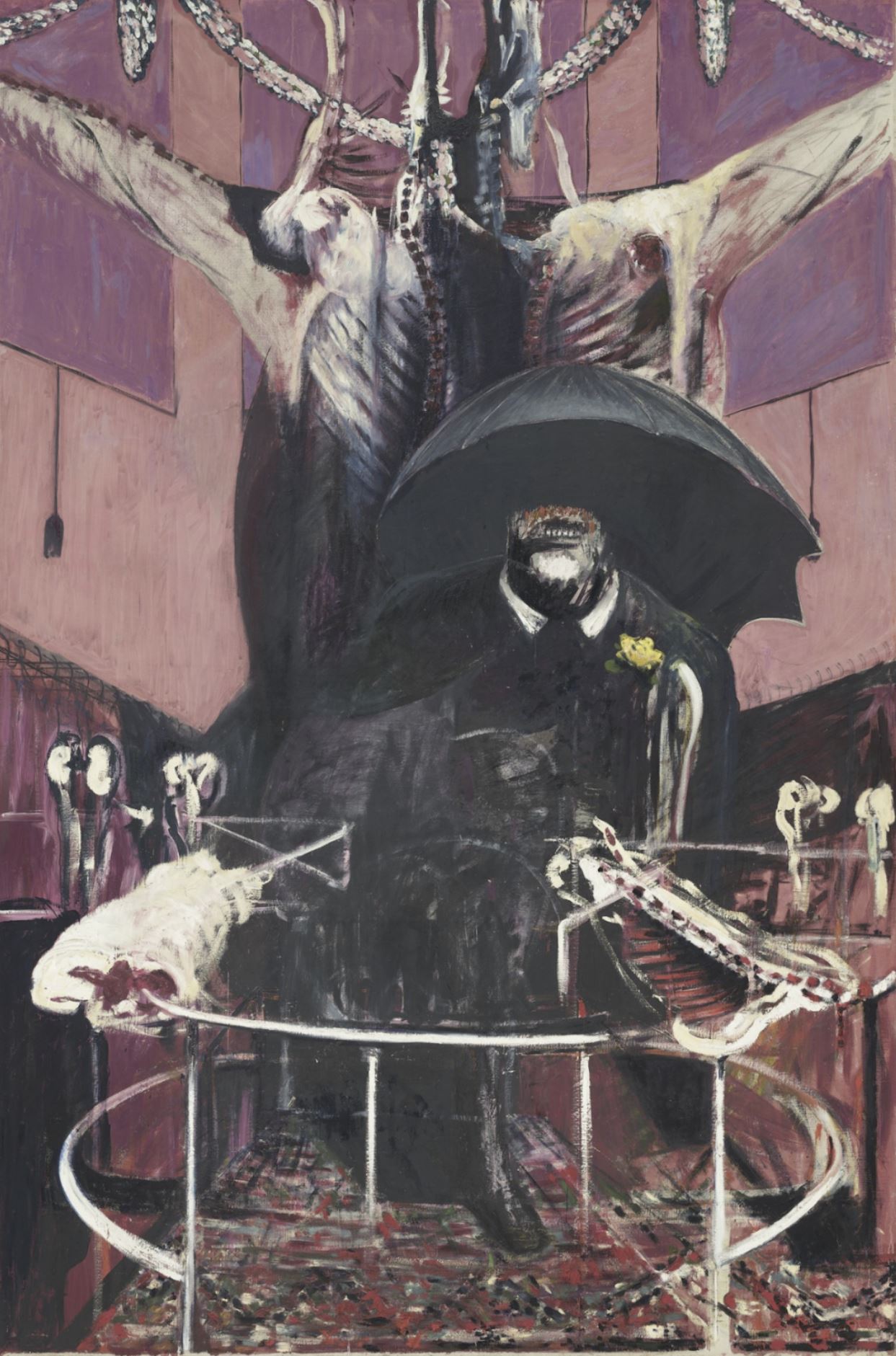
Francis Bacon Painting , 1946
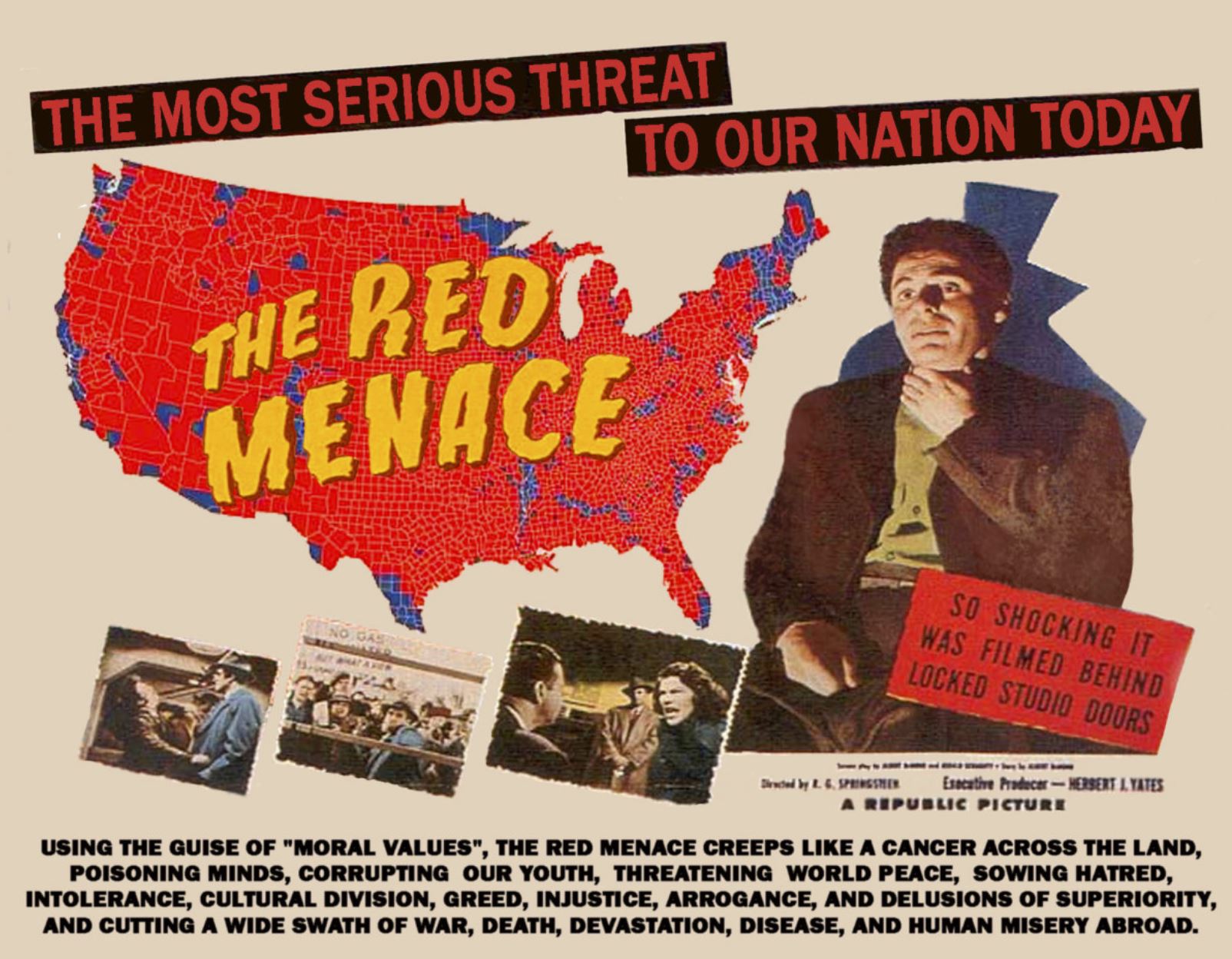
https://www.history.com/topics/cold-war/red-scare
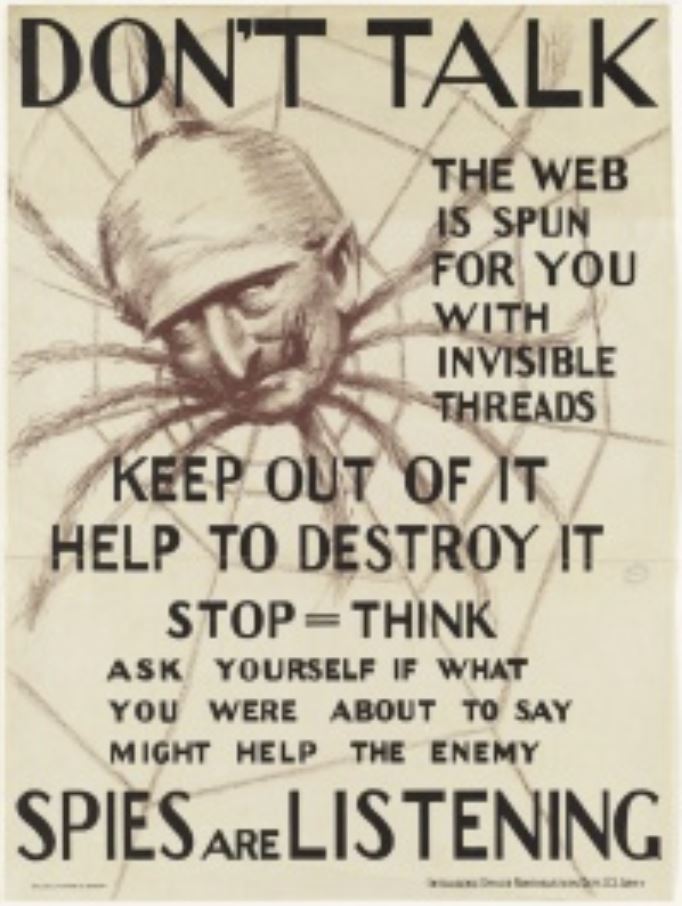
https://encyclopedia.1914-1918-online.net/article/spy_fever_1914
Leave a comment
Log in with itch.io to leave a comment.